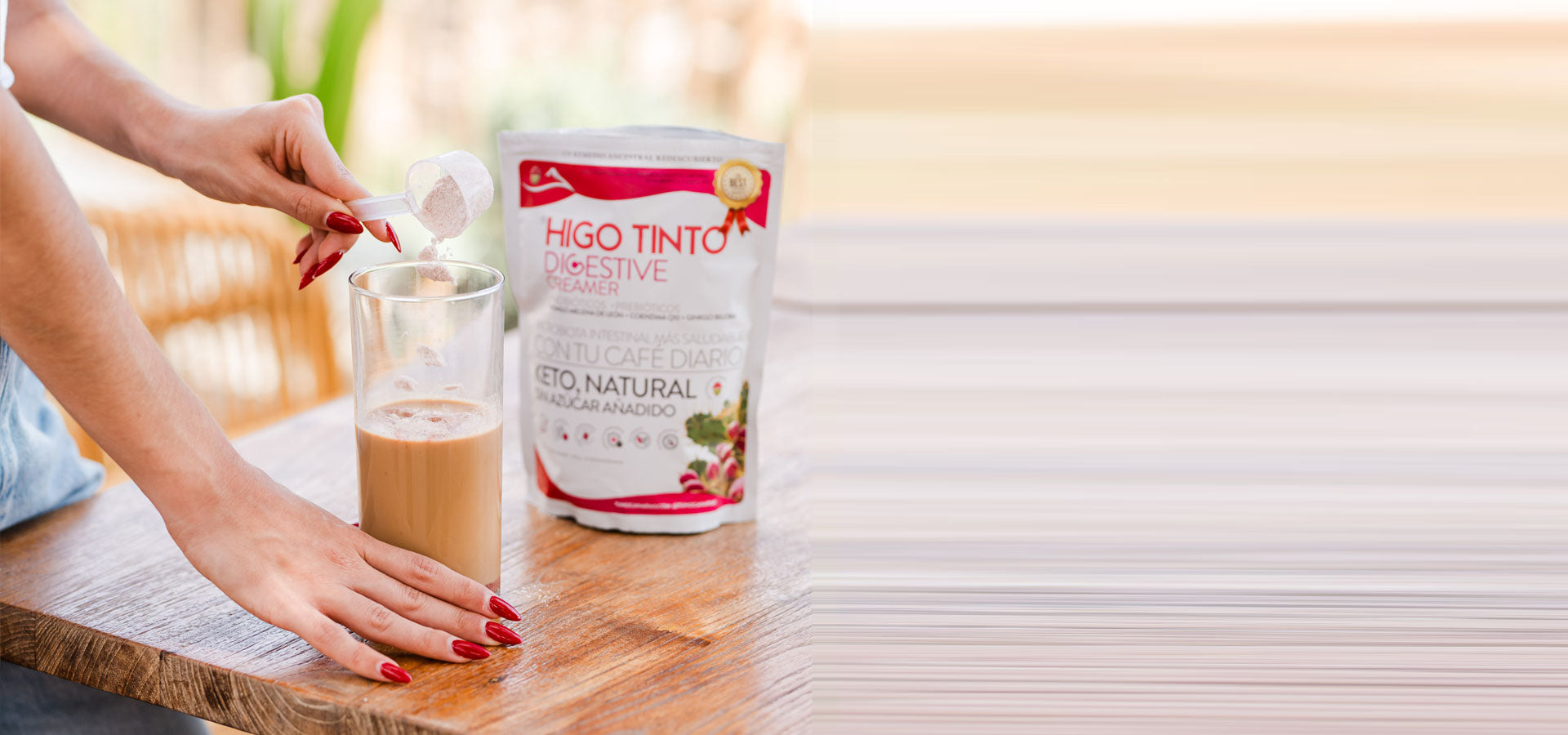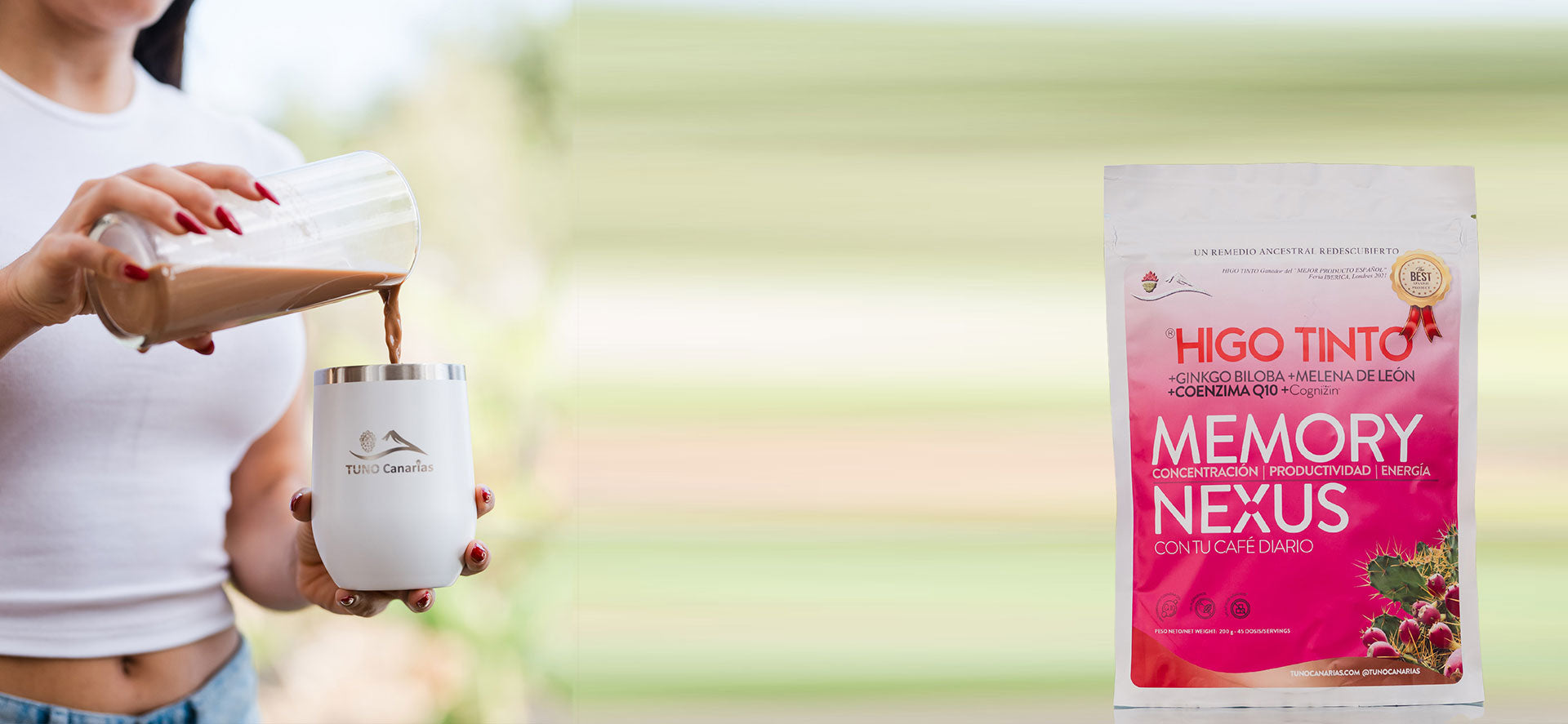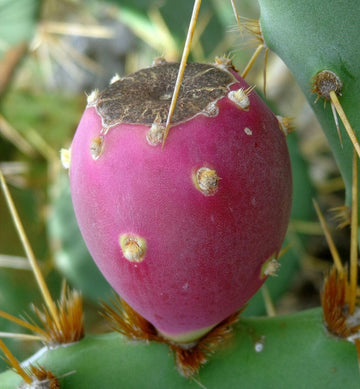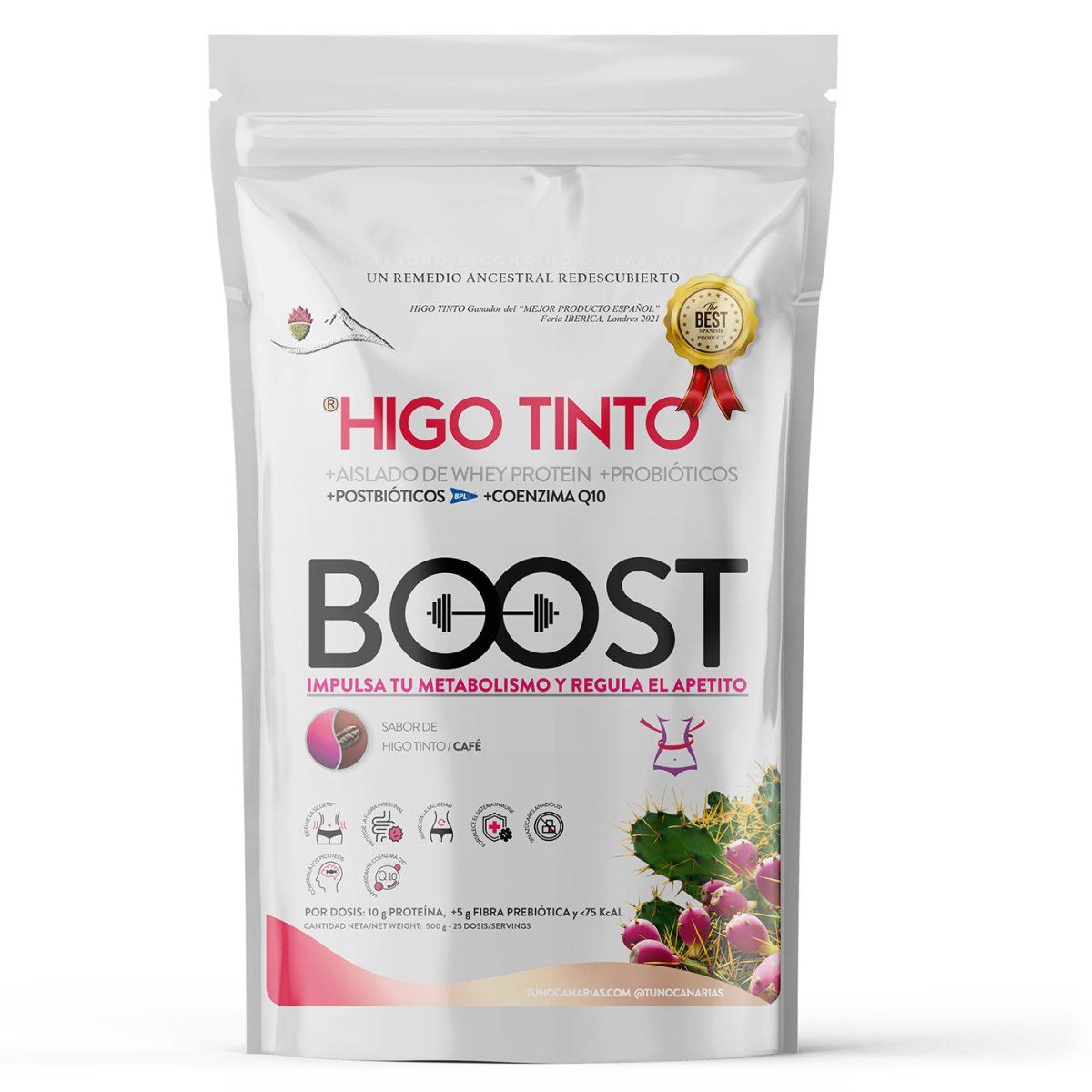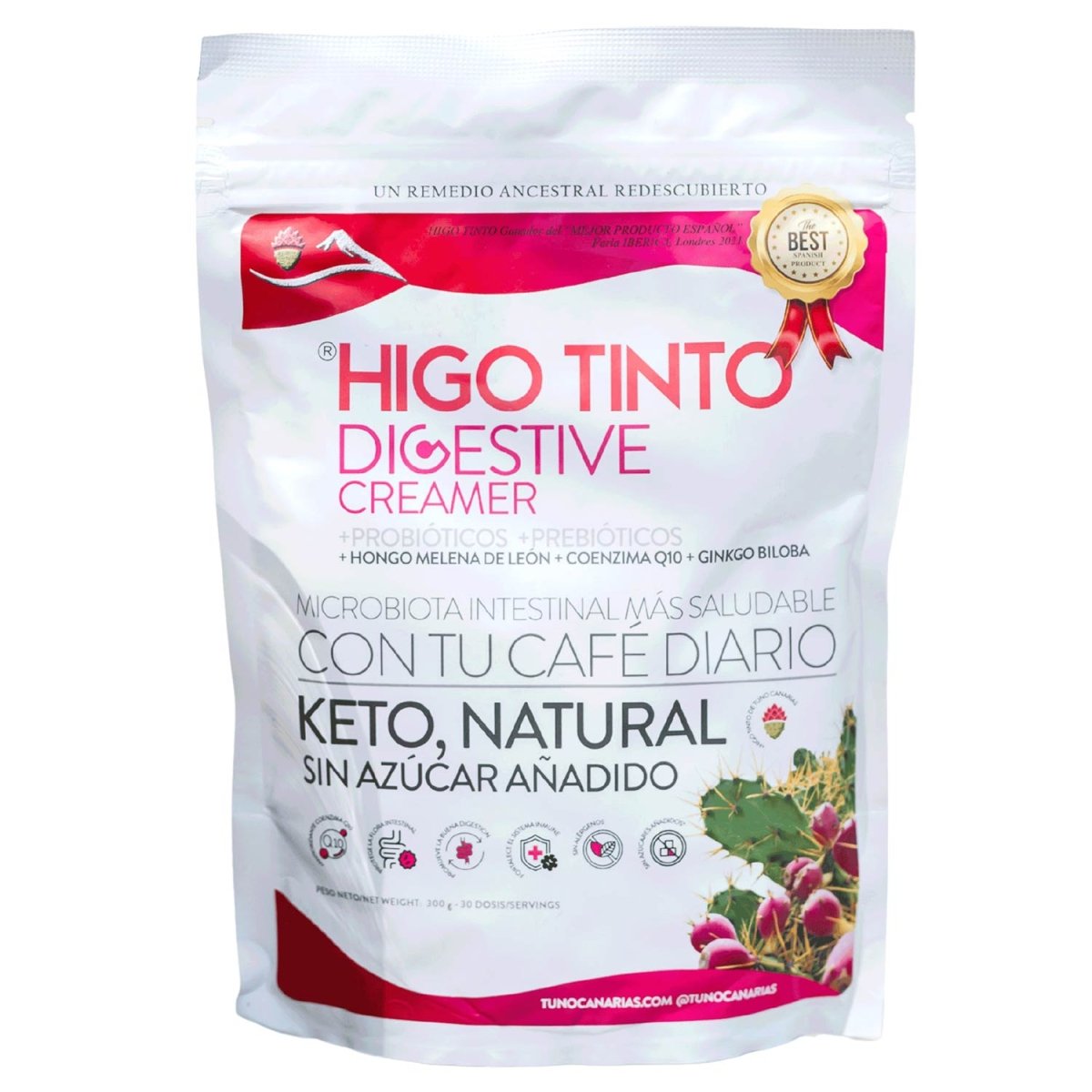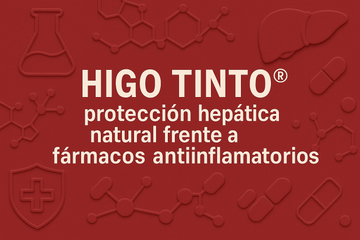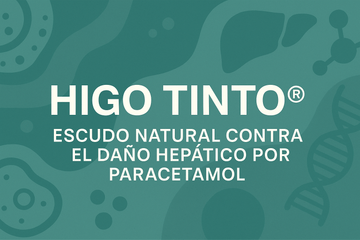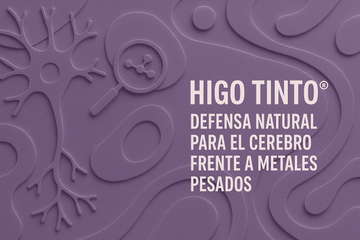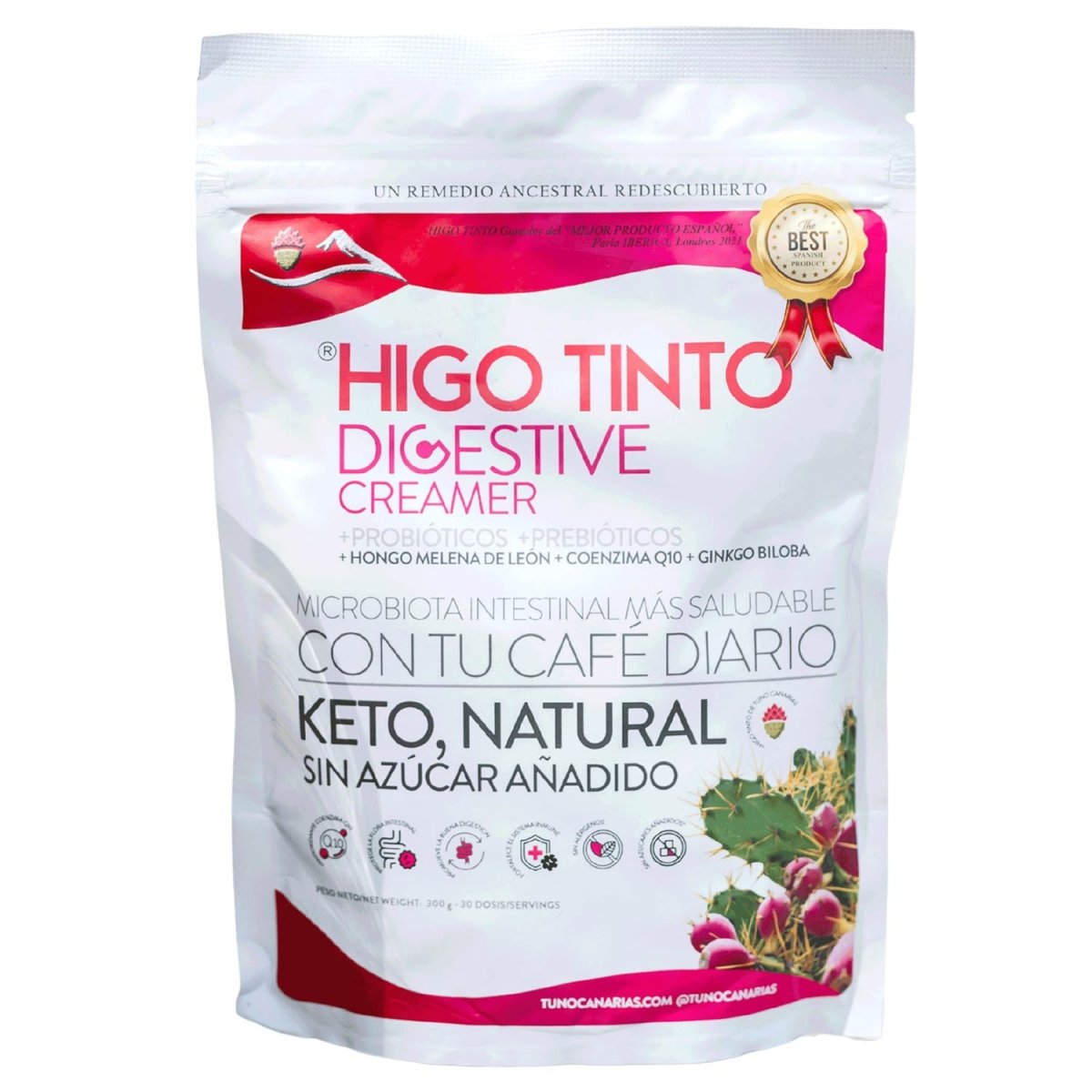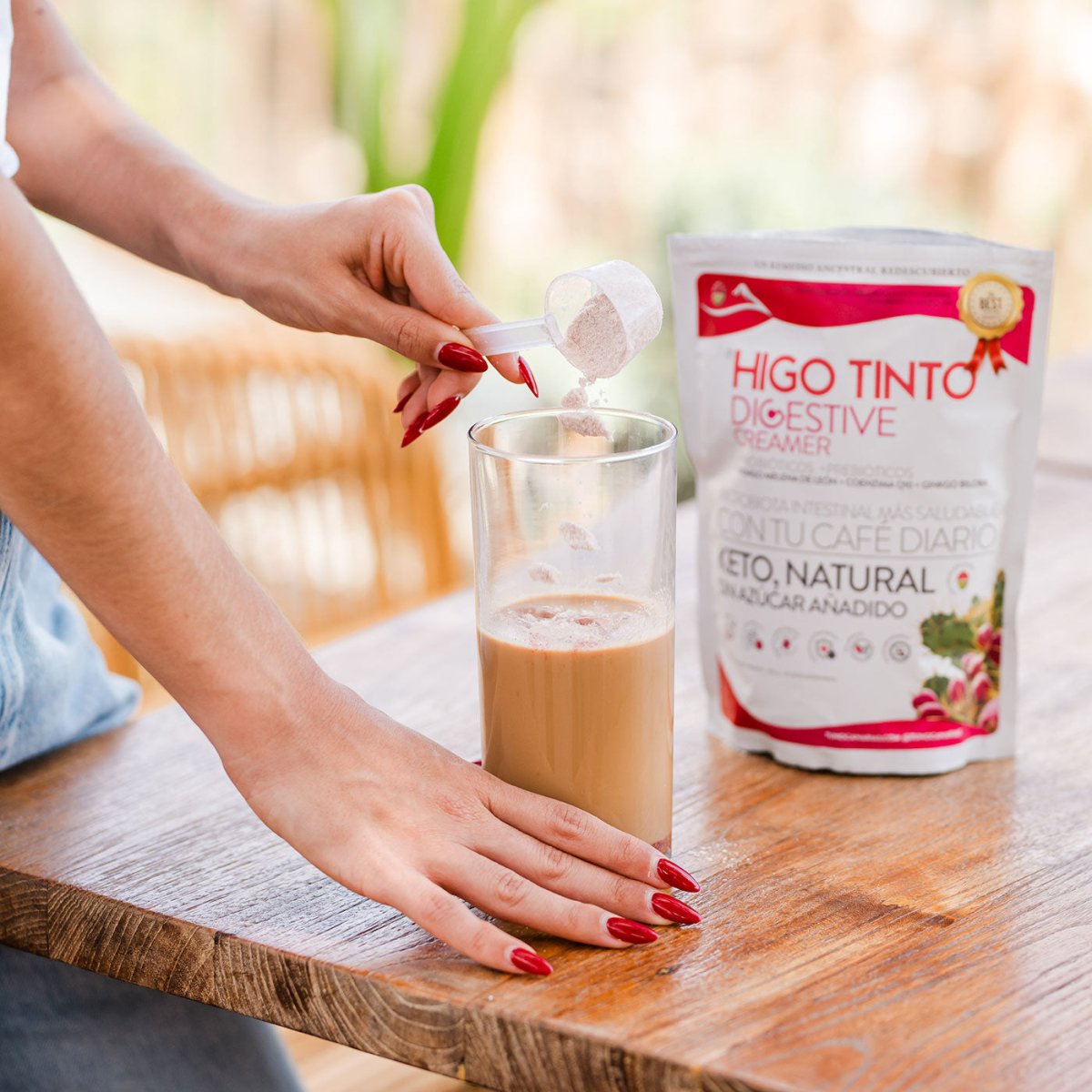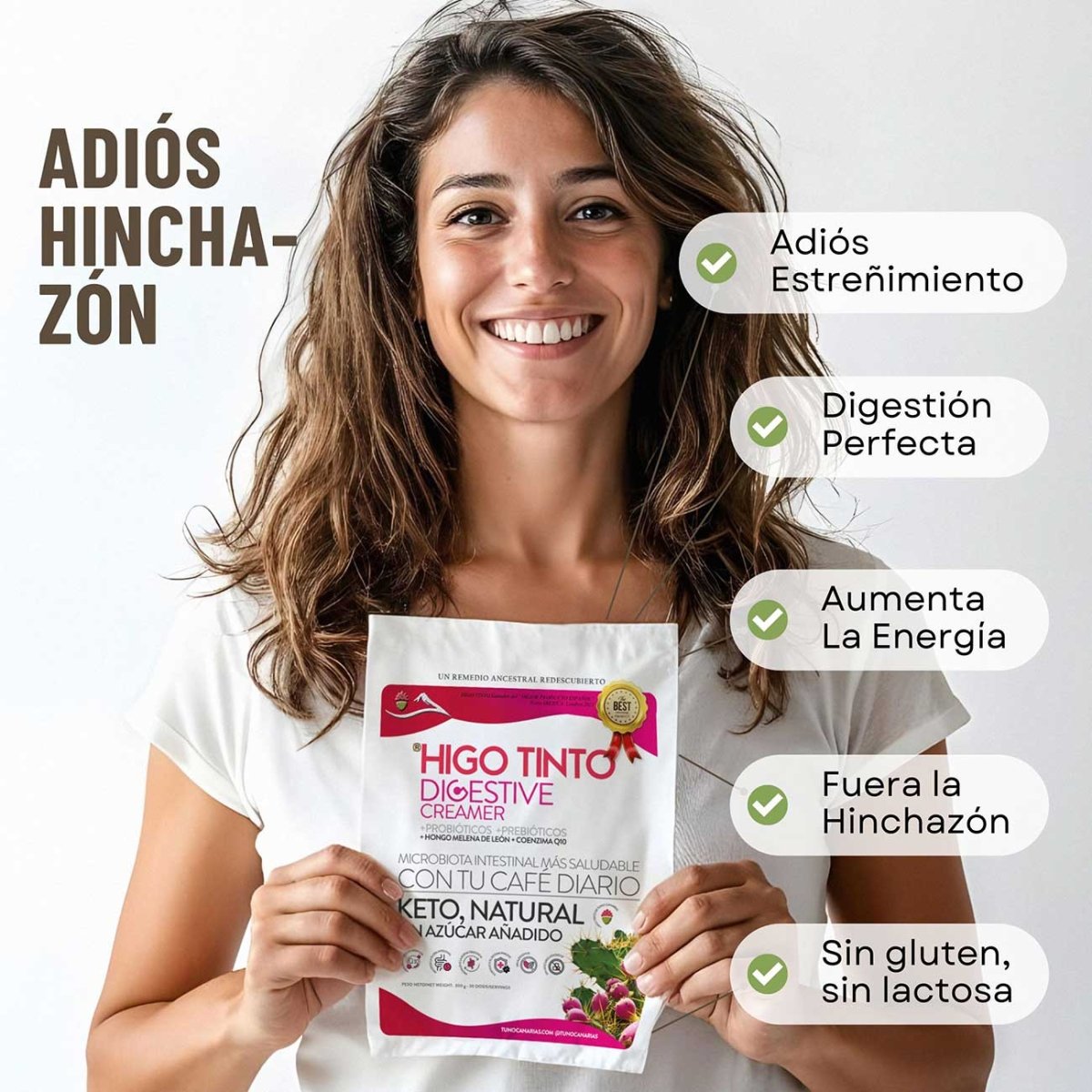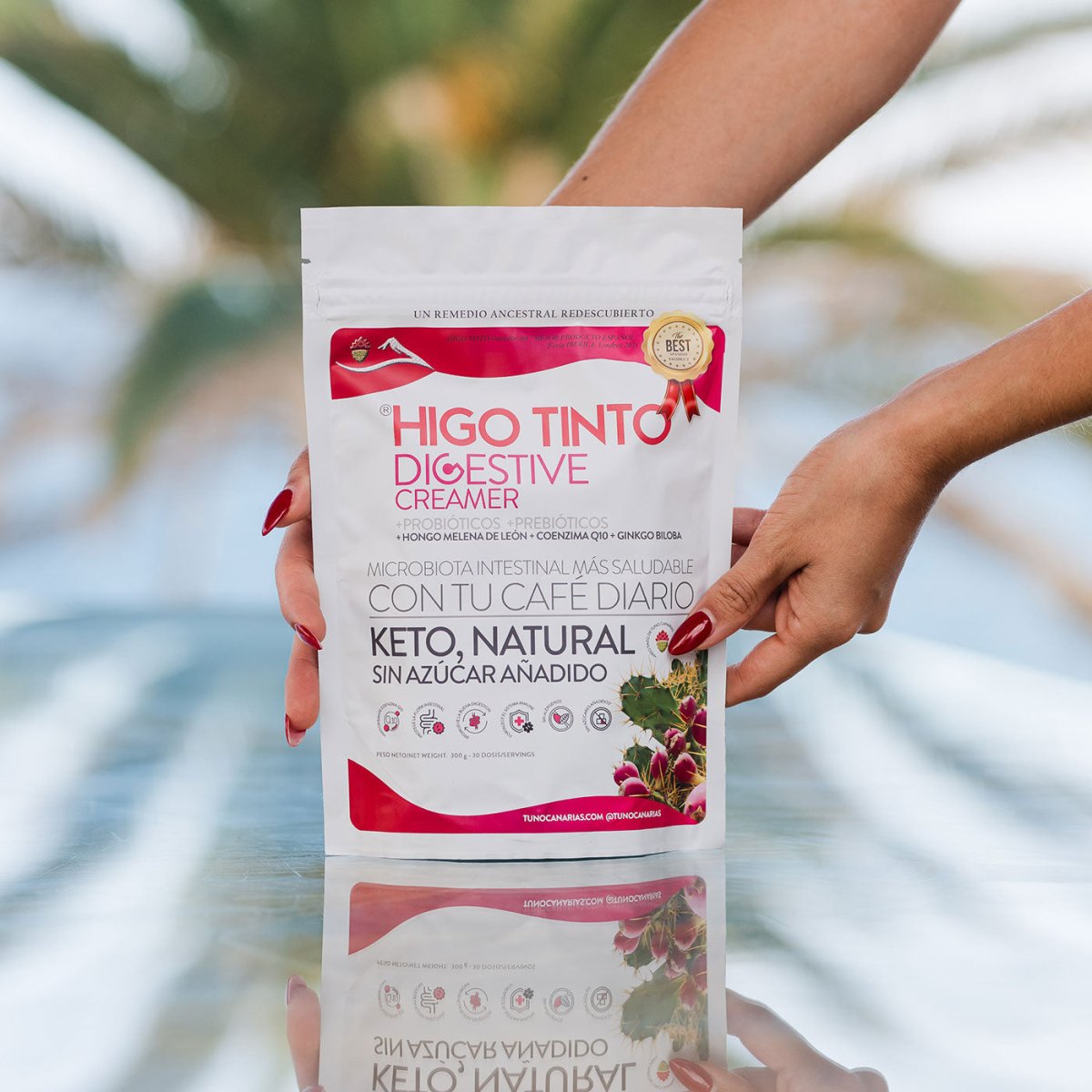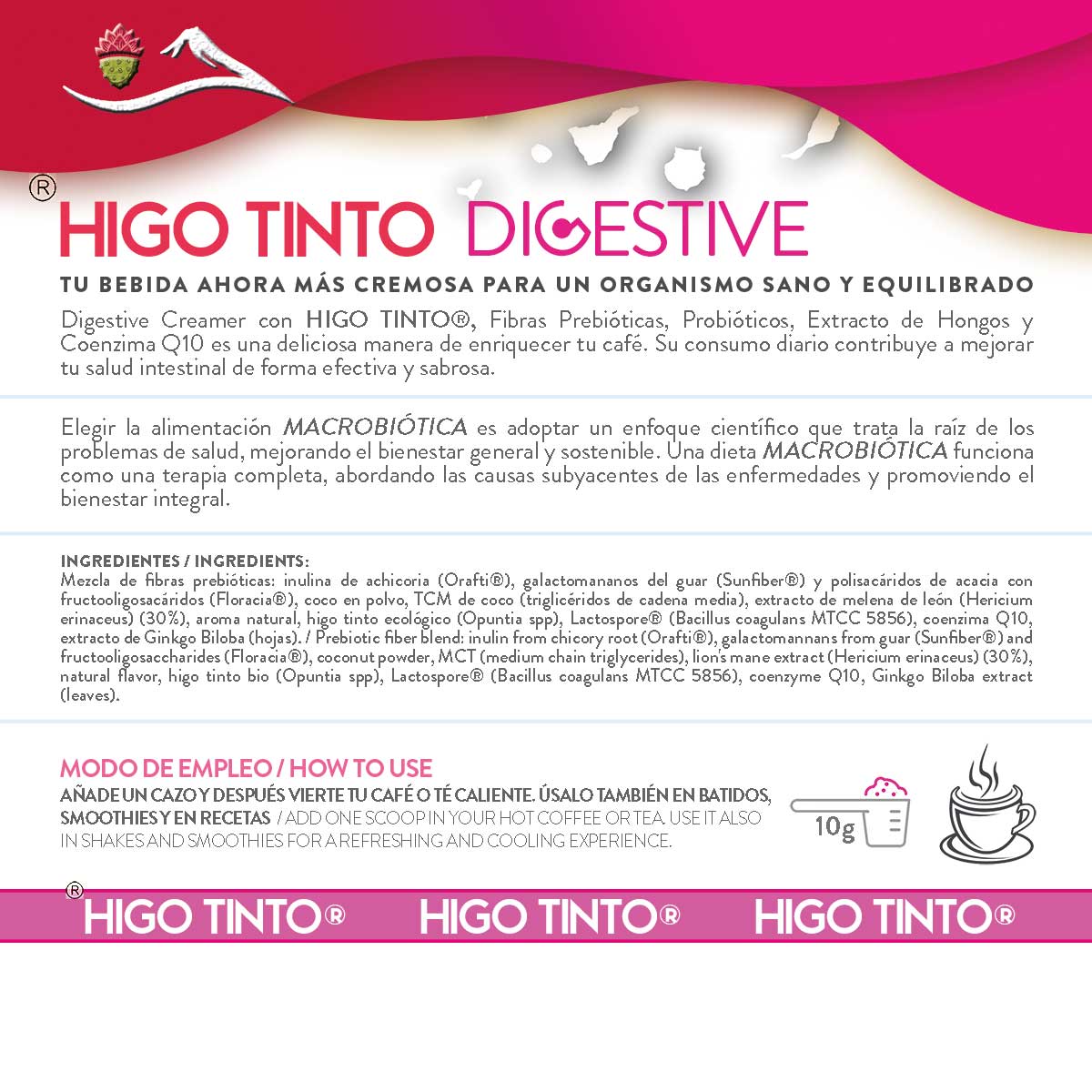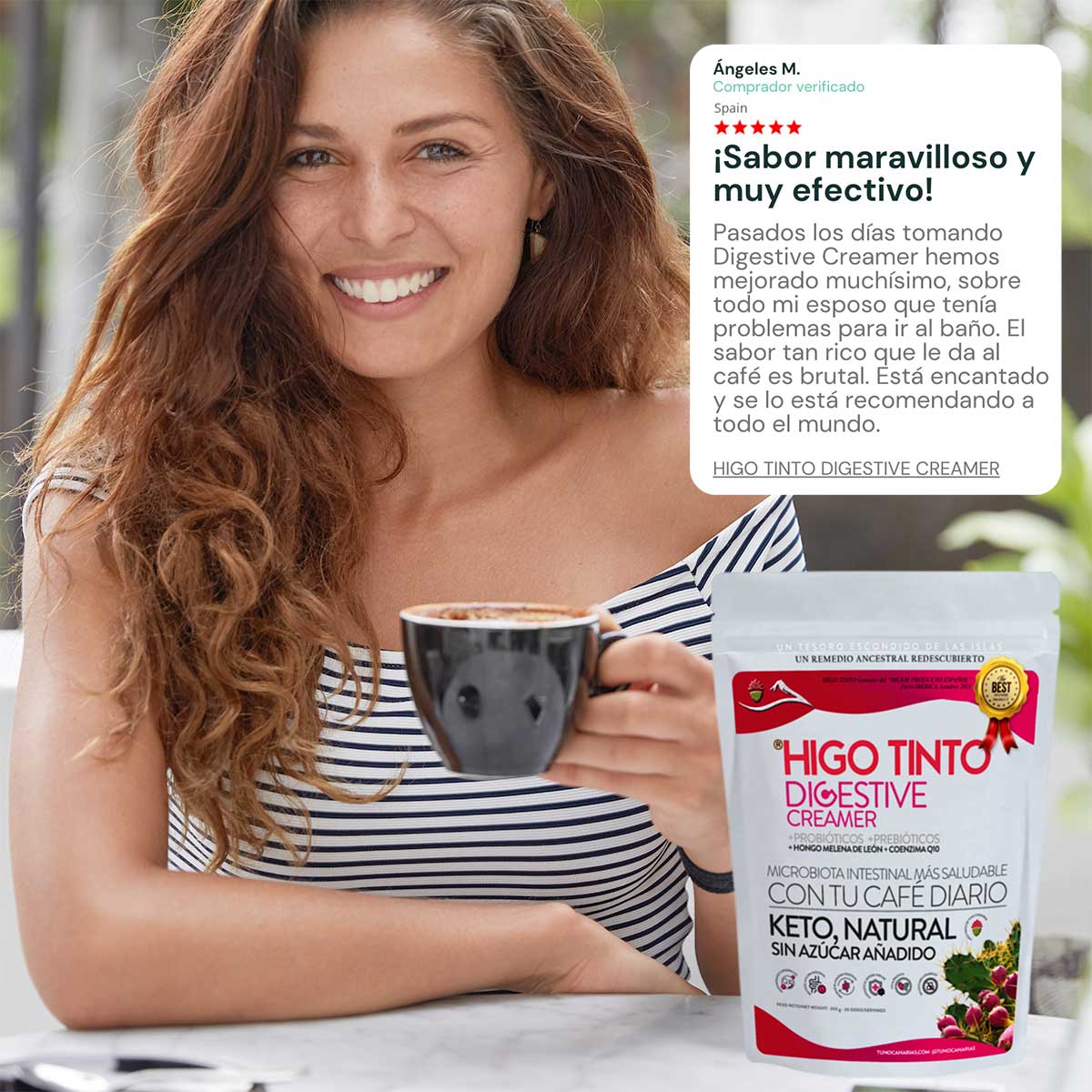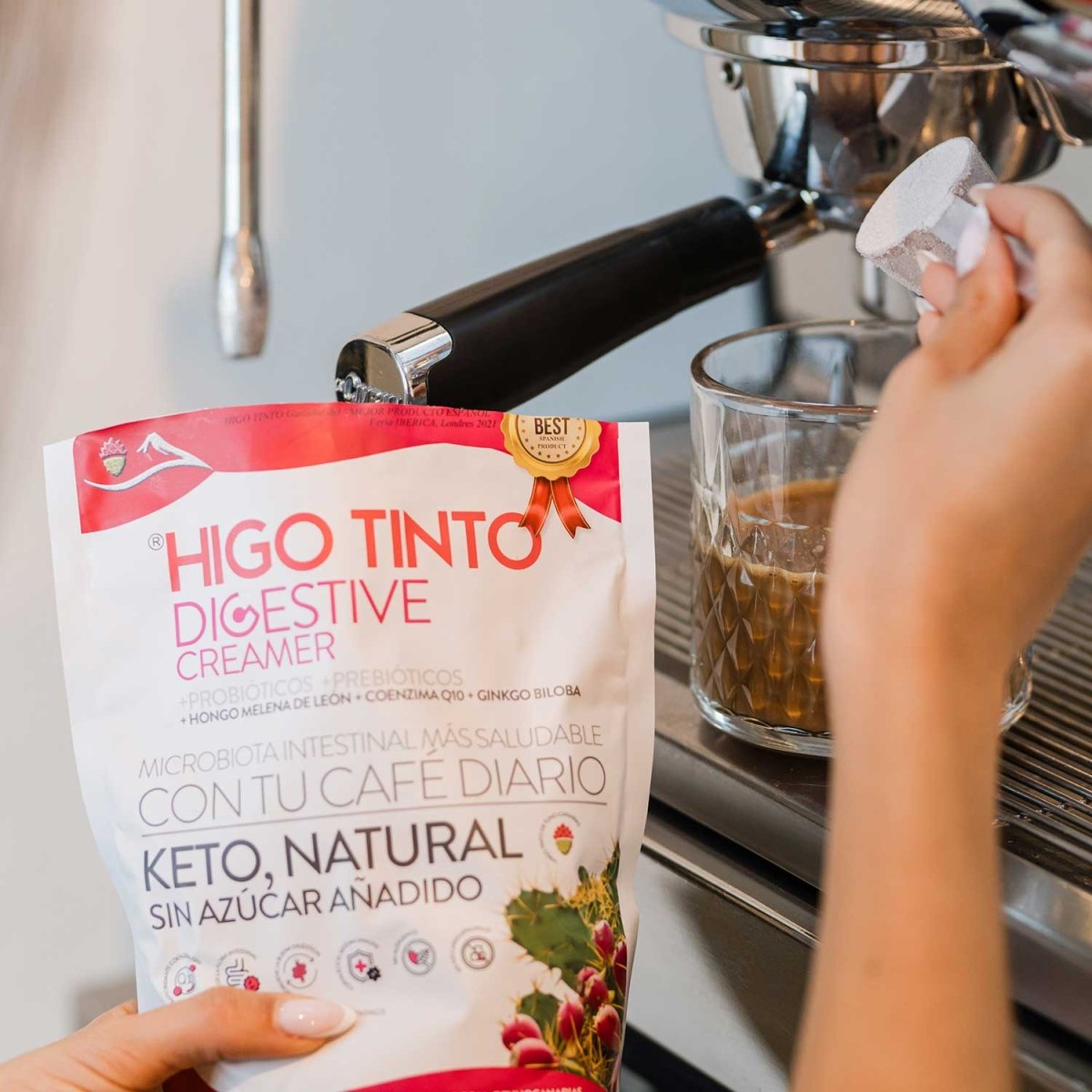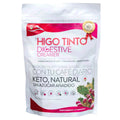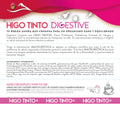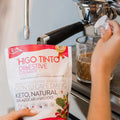RED FIG (Opuntia Dillenii), GOOD FOR ALMOST EVERYTHING
CANARIAN FRUIT THAT CAME FROM CENTRAL AMERICA AND IS NOW EXPORTED TO THE WORLD
(TAKEN FROM THE MAGAZINE AÑO CERO - MAY 2022)
Although the label of superfood is misleading, as there is no superfood that is so complete that its consumption alone would solve our lives, there are fruits of nature that are strong candidates for this category. The Canary prickly pear, also known as wild prickly pear, sea fig or red fig, is one of them... Good for almost everything.
Native to Central America, like other close relatives with which it shares some properties, its consideration as invasive means that it cannot be cultivated, transported or traded, among other limitations. In the Canary Islands it has adapted to certain areas of the territory, slowing its expansion and coming to be considered unofficially as part of the landscape and a highly valued food resource. This explains why it is precisely from the islands where the idea of taking advantage of all the nutritional potential of the fruit has flourished - since the fleshy leaves also have it - as well as its therapeutic effects, being marketed as the RED FIG .

Nutritionally, fresh fruit has up to 21% dietary fibre, with a significant amount of vitamin C and magnesium, which in a cup of juice reaches a third of the daily requirement. Also interesting is its mucilage and the content of Omega 3 and 6 fatty acids. The keys to its beneficial effects also lie in its richness in antioxidant compounds such as polyphenols, betalains and carotenoids, bioactives that are more potent in figs than in other fruits. Traditionally, this fruit, like some of its closest cousins, has been used to regulate blood sugar, treat high cholesterol, intestinal discomfort and as a bronchodilator.

Scientific research seems to support these and other qualities. One of the first Spanish studies was carried out by Juan Francisco Loro at the University of Las Palmas de Gran Canaria, working with aqueous extract of the fig, confirming that it had an analgesic effect, favoured motor coordination in low doses, provided some liver protection and significantly reduced intestinal motility. In addition, in high doses it reduced sugar levels in healthy animals, showing a slight anti-inflammatory effect, and its good effects were also verified at the bronchial level, reducing inflammation. In a 2013 review, Ménica A. Nazareno, from the Laboratory of Antioxidants and Oxidative Processes at the National University of Santiago del Estero, in Argentina, pointed out that recent studies suggested that “ extracts of cactus fruits inhibit the in vitro proliferation of cancerous cell lines of the cervix, ovary and bladder; they also suppress growth in in vivo models of ovarian tumours in mice. Research confirmed that cactus fruit extracts inhibited the growth of different cancer cells in both in vitro and in vivo assays .
NERVE CELL PROTECTOR
The key to this anti-tumour action is apparently quercetin, which slows down the growth of harmful cells and promotes the apoptosis mechanism, which involves the elimination of damaged cells by the body itself. In addition to all of the above, it also has a protective effect on the gastric mucosa and its ability to reduce cholesterol levels and modify the composition of lipoproteins, which helps to mobilise fat reserves, as well as its ability to reduce inflammation in the body. Finally, a 2005 study already pointed out its potential to protect nerve cells against Alzheimer's and Parkinson's, and against cerebrovascular risks.
Aware that there are many open lines of research, the team of experts from RED FIG ( Tunocanarias ) also includes among its benefits the effects against anemia and osteoporosis, anti-aging, invigorating, strengthening hair, nails and skin, as well as stimulating the immune system. This company has created an organic range that facilitates the use of all the potential of the fruit.



